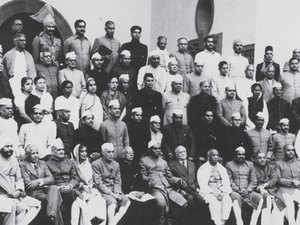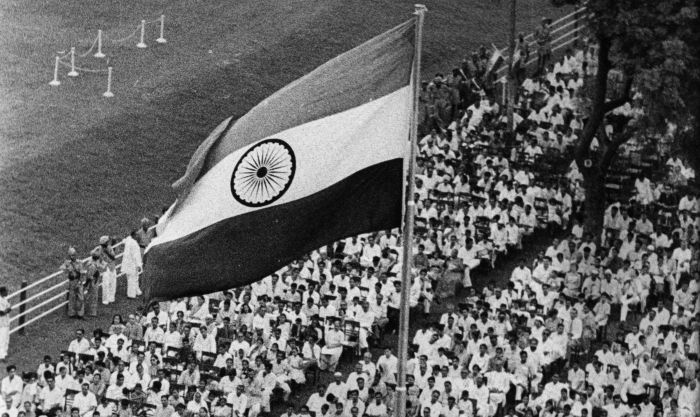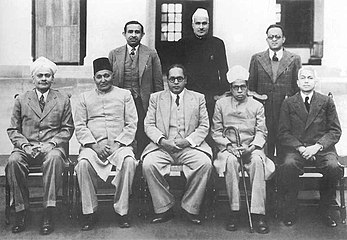1. Constitution Of India
- While all democratic countries are likely to have a Constitution, it is not necessary that all countries that have a Constitution are democratic.
- Constitution lays out certain ideals that form the basis of the kind of country that we as citizens aspire to live in.
- A Constitution helps serve as a set of rules and
principles that all persons in a country can agree upon as
the basis of the way in which they want the country to be
governed.

- The constitution is the supreme law of the country
HISTORY:
- 6 December 1946

Formation of the Constitution Assembly
- 9 December 1946
- The first meeting was held in the constitution hall

Meeting was held at the central hall of the parliament house.
The 1st person to address the meeting was J. B. Kripalani
JB Kripalini
Sachchidananda Sinha became temporary president.
Sachidananda Sinha
- 11 December 1946
- The Assembly appointed Rajendra Prasad as its president
Dr Rajendra Prasad
H. C. Mukherjee - vice-chairmanHC Mukherjee
B. N. Rau - constitutional legal adviserBN Rau
- There were initially 389 members in total, which declined to 299 after partition. Out of the 389 members, 292 were from government provinces, 4 from chief commissioner provinces and 93 from princely states.
- 13 December 1946
Pt. Jawaharlal Nehru introduced the ‘Objective Resolution' in the Constituent Assembly on December 13, 1946. This resolution as accepted by the Constituent Assembly, forms the basis of the Indian political system. It guided the Constitution making process.
The resolution states-
- The Constituent Assembly solemnly resolves to constitute India into an independent, sovereign, democratic republic and to frame a Constitution to design the future political setup for India.
- The Indian provinces and other parts of India willing to be a part of free and sovereign India shall collectively form a Union of India.
- All parts of independent India and their ruling institutions derive their power from the people of India.
- All the people of India, without any distinction, shall be entitled to political and economic equality and equality of status and opportunity and the Right to freedom of thought, belief, expression, profession and worship.
- There shall be special provisions for the protection and development of backward classes, oppressed and minorities.
- Territorial integrity and sovereignty over land, water and aerial territory shall be protected.
- This country shall voluntarily contribute to the world peace and welfare of human beings.
This later was adopted as the preamble.- 22 January 1947
Objective resolution unanimously adopted. - 22 July 1947
National flag adopted.
It served as the national flag of the Dominion of India between 15 August 1947 and 26 January 1950 and that of the Republic of India thereafter. In India, the term “tricolour” refers to the Indian national flag. - 15 August 1947
Achieved independence. India split into the Dominion of India and the Dominion of Pakistan.
- 29 August 1947
Drafting Committee appointed with B. R. Ambedkar as its Chairman. The other 6 members of committee were Munshi, Muhammed Sadulla, Alladi Krishnaswamy Iyer, N. Gopalaswami Ayyangar, Khaitan and Mitter.
- 16 July 1948
Along with Harendra Coomar Mookerjee, V. T. Krishnamachari was also elected as second vice-president of Constituent Assembly. - 26 November 1949
The Constitution of India was passed and adopted by the assembly. - 24 January 1950
Last meeting of Constituent Assembly. The Constitution was signed and accepted. (with 395 Articles, 8 Schedules, 22 Parts)
- 26 January 1950
The Constitution came into force. (The process took 2 years, 11 months and 18 days - at a total expenditure of ₹6.4 million to finish.) - G. V. Mavlankar was the first Speaker of the Lok Sabha (the lower house of Parliament) after India turned into a republic.
G V Mavlankar
Comments
Post a Comment